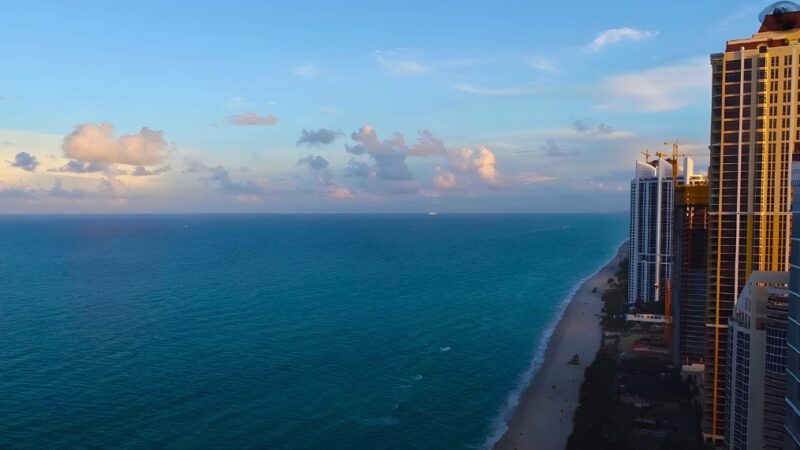Florida, known as the Sunshine State, enjoys warm weather and is home to many important bodies of water. From the deep Atlantic Ocean along its coast to the peaceful waters around the Florida Keys, each water body is unique. These waters play different environmental, cultural, and economic roles.
1. Atlantic Ocean
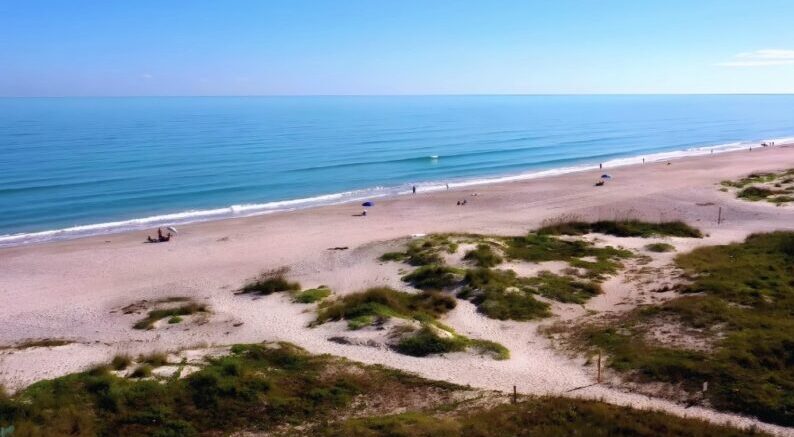
The Atlantic Ocean defines Florida’s eastern coast, stretching over 580 miles from the tip of the Florida Keys up to the border of Georgia. The Gulf Stream, a powerful, warm, and swift Atlantic Ocean current, runs close to the coastline, influencing the climate and marine life, making the Atlantic coast a prime spot for fishing, shipping, and tourism.
This coast is also famous for its beautiful beaches, which attract millions of visitors each year, contributing significantly to the local economy. The biodiversity here is impressive, with a range of species from sea turtles to various shark species, making it a key area for conservation efforts.
Additionally, the dynamic environment provides excellent opportunities for water sports, including surfing and sailing.
2. The Gulf of Mexico
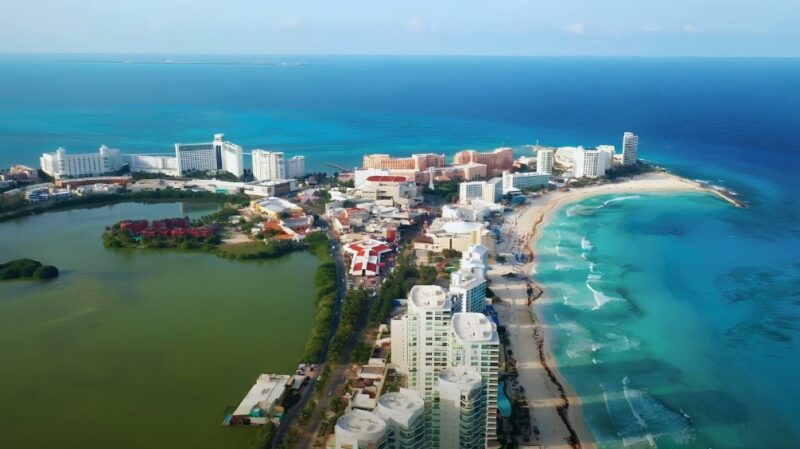
On the west, Florida meets the Gulf of Mexico, renowned for its calm, warm waters that contrast sharply with the Atlantic’s rugged waves.
The Gulf is crucial for its biodiversity and supports a variety of marine ecosystems, including extensive mangrove forests and some of the most beautiful coral reefs in the world, which are crucial for marine life breeding and protection.
The area is a favorite destination for eco-tourists and nature enthusiasts who come to explore its rich natural habitats. Recreational fishing in the Gulf of Mexico is a major industry, with the area being one of the most productive in terms of fish catches in the United States.
The calm waters also make it ideal for kayaking and other water sports that require smoother surface conditions.
3. Lake Okeechobee
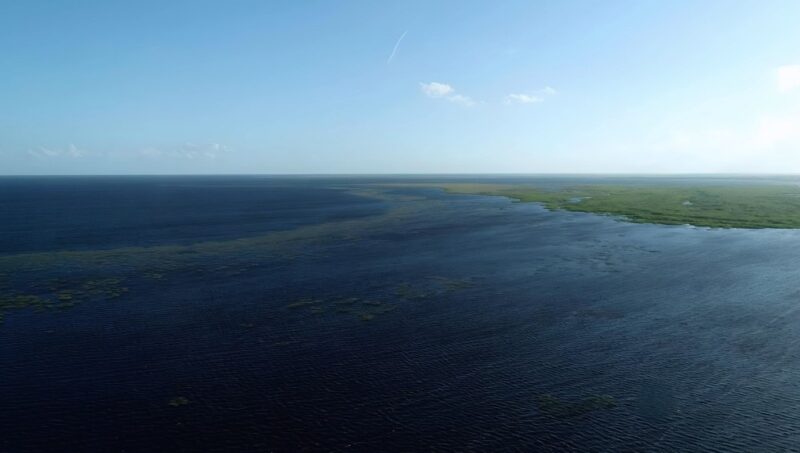
Lake Okeechobee, often referred to as Florida’s inland sea, is the largest freshwater lake in the state and the second-largest freshwater lake entirely within the contiguous United States. It is an essential component of Florida’s water system, supplying water to the Everglades and surrounding agricultural areas.
The lake is also a key element of Florida’s complex water management system, designed to prevent flooding and maintain water supply during droughts. Recreational activities such as boating and bass fishing are popular on the lake, drawing both locals and tourists.
The surrounding areas are rich in birdlife, making it a popular spot for birdwatchers. Efforts to restore and maintain the lake’s ecological balance are ongoing, addressing challenges such as pollution and algal blooms.
4. The Florida Keys
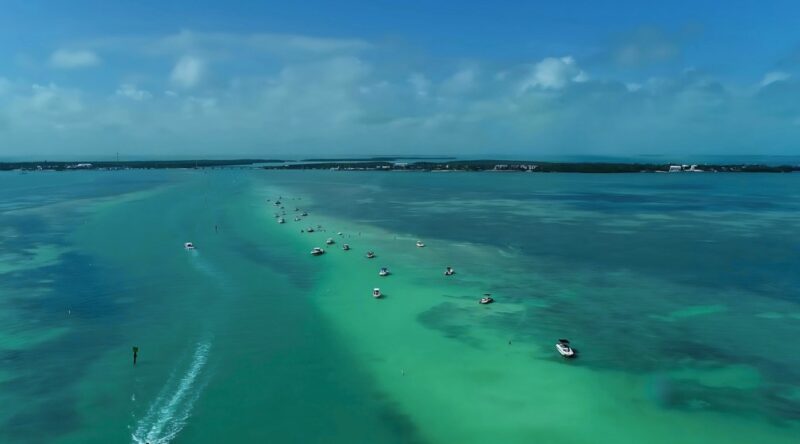
The Florida Keys are a coral cay archipelago located off the southern coast of Florida, forming the southernmost portion of the continental United States. They are home to the only living coral barrier reef in the continental U.S. and attract millions of tourists annually for diving, snorkeling, and fishing.
The unique geographic and oceanographic features of the Keys create a plethora of unique habitats supporting diverse marine life. The region’s economy heavily relies on tourism, particularly around the activities associated with its natural aquatic settings. Cultural events and festivals in the Keys celebrate the unique heritage and natural beauty of the islands.
5. The Everglades
The Everglades, often described as a “River of Grass,” stretches from the central portion of the state down to Florida Bay at the southern end of the mainland. This slow-moving river is one of the most unique ecosystems in the world, housing rare and endangered species like the manatee and the Florida panther.
The health of the Everglades is vital for maintaining the water quality of numerous other bodies of water throughout the state. It is a UNESCO World Heritage site, recognized globally for its unparalleled landscape and ecological importance.
Educational programs and eco-tours are prevalent, aiming to raise awareness and support for conservation efforts. The Everglades also plays a crucial role in South Florida’s water supply system, illustrating the interconnectedness of Florida’s environmental resources.
6. Tampa Bay
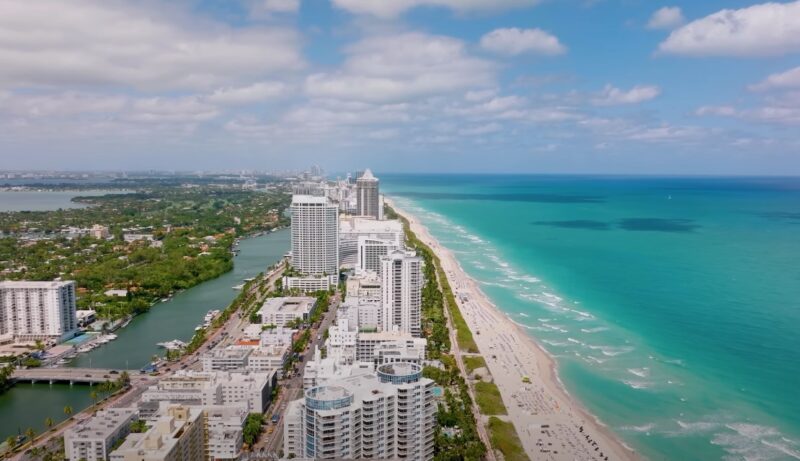
Tampa Bay is Florida’s largest open-water estuary, extending over 400 square miles. It plays a vital role in the economy of the West Coast of Florida, supporting commerce, agriculture, and a variety of recreational activities.
The bay’s estuaries are nurseries for many saltwater fish and invertebrates, making it a crucial area for commercial fishing and biodiversity conservation. The waterfront areas of Tampa Bay have undergone significant development, blending urban life with natural beauty.
7. St. Johns River
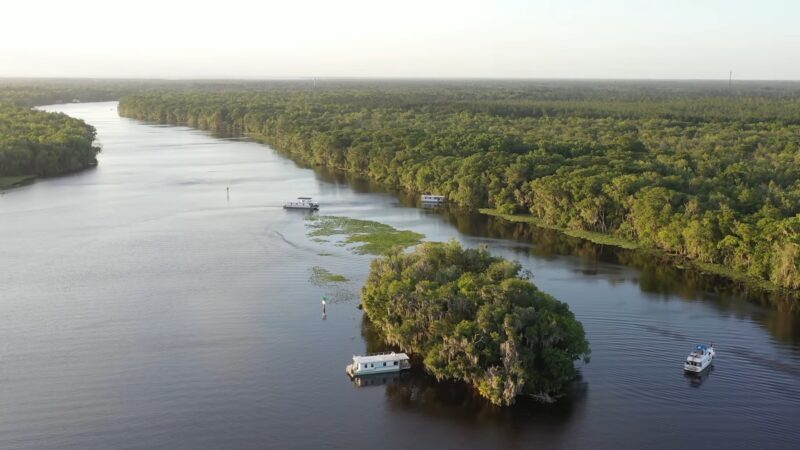
Flowing from south to north, the St. Johns River is one of the few rivers in the United States that runs northward. Over 310 miles long, it flows through or borders twelve counties in Florida, serving as a main commercial and recreational artery.
Its slow flow supports a diverse array of wildlife and plant species, and its marshes and springs offer spectacular natural beauty and are vital habitats for numerous species. The river is a historical and cultural icon, with numerous historical sites and landmarks along its banks.
Water quality initiatives and habitat restoration projects are crucial for maintaining its ecological integrity. Recreational boating and fishing are popular activities, contributing to the local economies of riverside communities.
8. Biscayne Bay
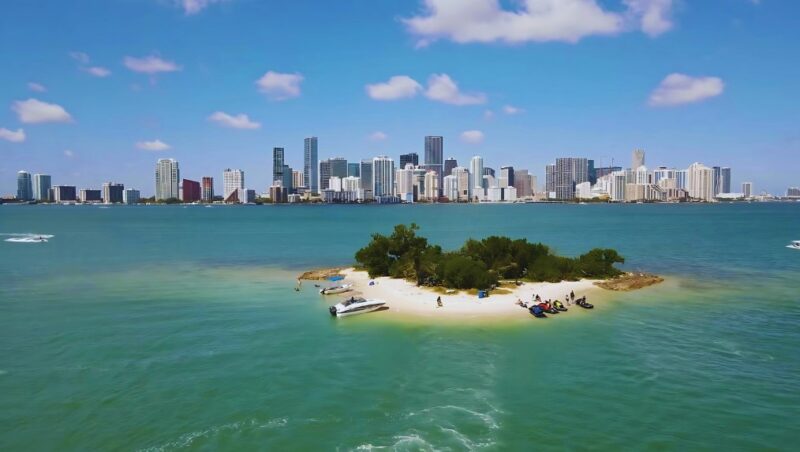
Located on the southeast coast, near Miami, Biscayne Bay is a lagoon that spans approximately 35 miles. It is known for its clear, shallow waters and serves as a crucial habitat for a variety of wildlife, including manatees and sea turtles.
Urban development around the bay has led to challenges such as pollution and habitat loss, prompting significant environmental restoration efforts. The bay is also a popular spot for sailing and other water sports, attracting enthusiasts from across the globe.
Educational and conservation programs are active in the area, emphasizing the importance of maintaining the health of this vital aquatic ecosystem.
9. Lake George
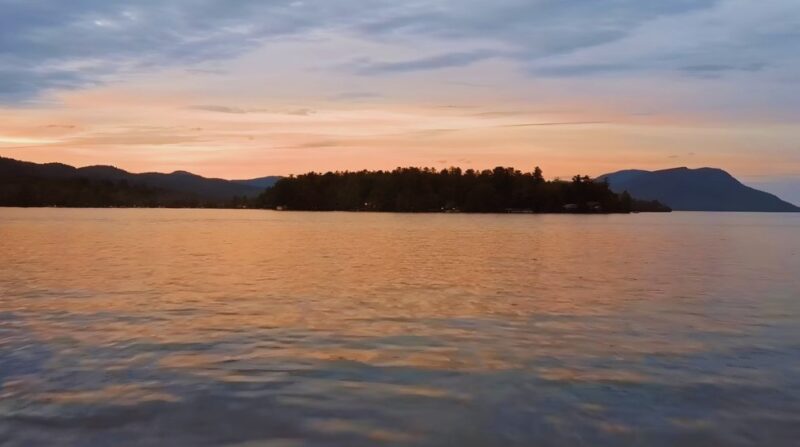
The second largest freshwater lake in the state, after Lake Okeechobee, Lake George is located in northeastern Florida. It’s part of the St. Johns River system and is known for its fishing, particularly for bass. The lake’s large size and diverse environments support a variety of aquatic and terrestrial wildlife, making it a key area for biological research and conservation.
Recreational activities such as boating and water skiing are popular, making it a significant contributor to local tourism. Efforts to manage the lake’s water quality and fish populations are ongoing, involving local communities and environmental agencies.
The bottom line
Florida’s major bodies of water are vital to the state’s identity and well-being. These waters support diverse ecosystems, drive the economy, and offer recreational opportunities that attract millions of visitors each year. Protecting these water resources is essential to ensure they continue to sustain the wildlife and communities that depend on them.








